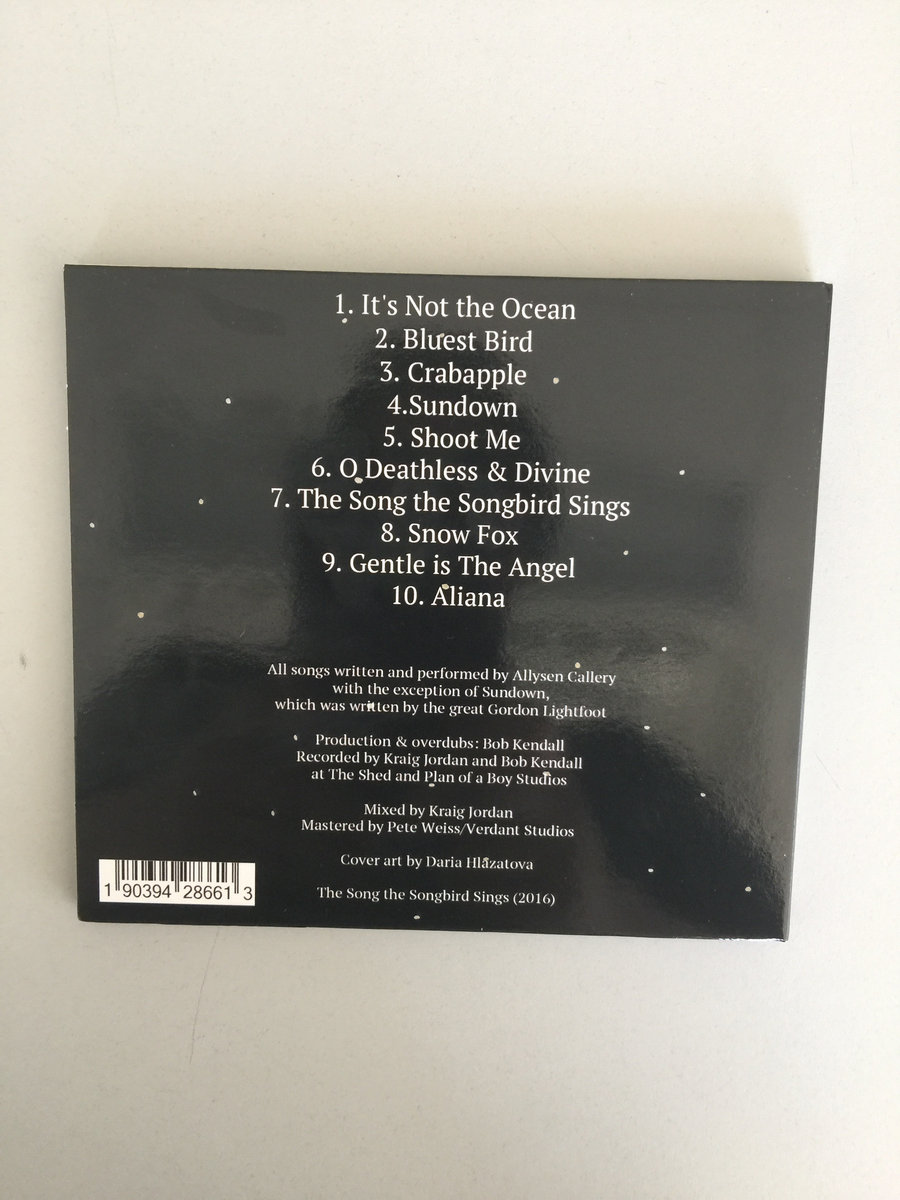

Their backs are brown, and underneath is gray. White-throated Sparrows have a distinctive black and white striped head, bright white throat, and yellow between the eye and bill. You can attract more Carolina Wrens to your backyard feeders with suet feeders, hulled sunflower seeds, or peanut hearts in large tube feeders or on platform feeders. They can be found in woods or thickly vegetated areas and visit backyard feeders. They have a white eyebrow stripe and upright tail, and loud teakettle song.Ĭarolina Wrens are residents all year across Eastern and Southeastern States. Carolina WrenĬarolina Wrens are shy birds that are dark brown on top and light brown underneath. You can attract more Northern Flickers to your backyard feeders with suet and black oil sunflower seeds. Those that breed in Canada or Alaska migrate to southern states, but otherwise, they can be found all year over the lower 48. They can be found on the ground looking for ants and beetles in woods or forest edges. The undersides of tail and wing feathers are bright yellow in eastern birds and red in western birds. Northern Flickers are large woodpeckers, between the size of a robin and a crow, with brownish coloring and black spots, bars, and crescents and red on the nape. You can attract more House Finches to backyard feeders with black oil sunflower seeds or nyjer seeds in tube feeders or platform feeders. They can be found in noisy groups that are hard to miss. They can be found in parks, farms, forest edges, and backyard feeders. Originally only in western states, House Finches were introduced to the eastern states and have done very well, even pushing out the Purple Finch. House Finches males have a red head and breast, but the females are brown-streaked small birds.
#American songbird cracked
You can attract more song sparrows to your backyard feeders by putting black oil sunflower seeds, cracked corn, and nyjer on platform feeders. They will also eat buckwheat, sunflower, raspberries, wild cherries, blackberries, wheat, and rice. Song Sparrows eat a wide variety of insects and plants, including beetles, caterpillars, midges, spiders, and earthworms. They are usually found at backyard feeders. They can be found in open, shrubby, and wet areas, often perched on a low shrub singing. Some breed in Canada and then migrate to southern states. Song Sparrow live all year in the northern US. Song sparrows are not as remarkable as other backyard birds, but these small brown-streaked birds use their almost constant song to attract mates in spring and summer. Also, try planting some native plants that produce berries such as juniper, sumac, hawthorn, and dogwood. Platform feeders are best or food scattered on the ground. You can attract more American Robins to your yard with sunflower seeds, suet and peanut hearts, fruit, and mealworms. They eat earthworms, insects, snails, and fruit. Those that breed in Canada and inland Alaska move south for the winter.Īmerican Robins can be found in many habitats, from woodlands, forests, mountains to fields, parks, and lawns. They tend to roost in trees in winter, so you are more likely to see them in your backyard from spring.Īmerican Robis are resident in the lower 48 and the coast of Western Canada and Alaska. They have black heads and back with red or orange breasts. American RobinĪmerican Robins are a common sight on lawns eating earthworms. They will also eat black sunflower seeds, nyjer, cracked corn, and peanut hearts. You can attract more Mourning Doves to your backyard by scattering millet on the ground or on platform feeders. They can also be found in open areas or on woodland edge. Mourning Doves can be seen perching on telephone wires and foraging for seeds on the ground in grasslands, fields, and backyards. Mourning Doves are common over all of the lower 48 all year but may migrate after breeding from the far north. They are a soft brown with black spots on the wings. Mourning Doves are graceful small-headed birds, plump bodies and long tails. These birds are listed in the frequency that they are spotted on checklists submitted by bird watchers on Ebird. This guide will help you identify those brown birds visiting your backyard or out in the woods and fields and is based on the 33 most common birds spotted in the United States and Canada. But fear, not this guide will help you tell the difference between a sparrow and a wren. Brown birds can be hard to identify as they do not always have as many distinguishing features as their brighter colored cousins.


 0 kommentar(er)
0 kommentar(er)
